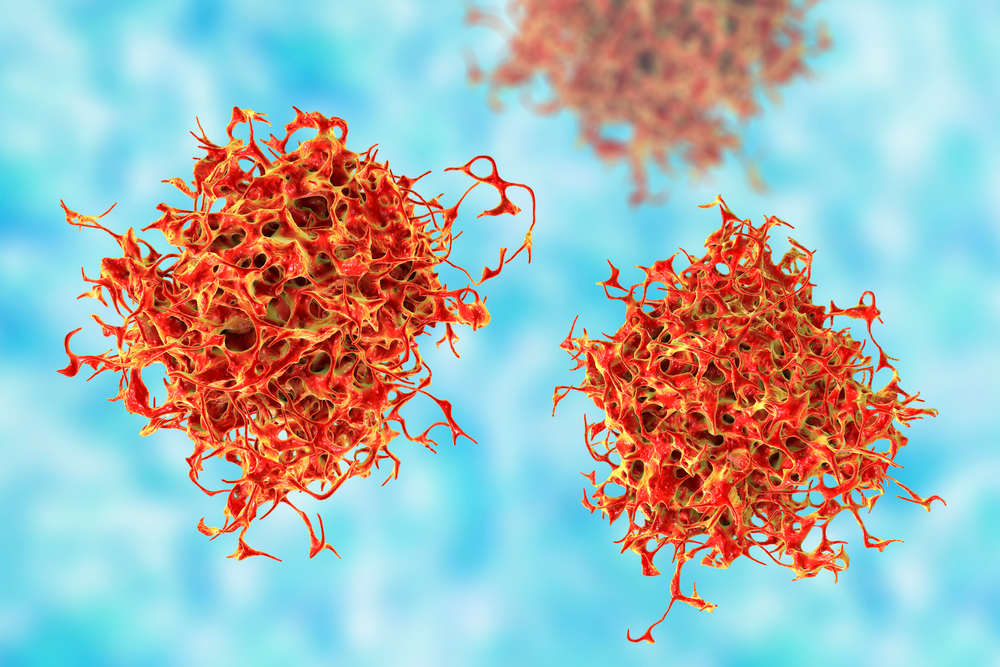
This is a test that measures CEA (carcinoembryonic antigen) which is produced by some cancer cells. As a tumour marker it is used to monitor treatment for cancer and to check that a treated cancer has not returned. It is most often used in cancers of the gastrointestinal (GI) tract such as bowel cancer, but also lung, breast and other cancers. Because different types of cancer and noncancerous conditions can cause high CEA levels the CEA test cannot be used to diagnose specific cancer or to screen healthy people for cancer. CEA is usually measured in the blood but other fluids such as peritoneal fluid from the abdomen are sometimes used.
What is being tested?
CEA is a protein that is normally not detected in the blood of a healthy person. When certain types of cancer are present, CEA may be produced by the cancer cells. CEA may then be detected in blood, but it will not indicate which kind of cancer is present. CEA is often used to monitor patients with cancers of the gastrointestinal (GI) tract such as colorectal cancer. It may be raised in other cancers, such as ovarian and breast cancers, but can also be raised in benign conditions such as liver disease and inflammatory bowel disease (Crohn's disease or ulcerative colitis).
How is it used?
CEA is most useful to monitor treatment of cancer patients. It is used for patients who have had surgery, to measure response to therapy and to monitor whether the disease has recurred. A blood test for CEA in this circumstance is used as a tumour marker, i.e. an indicator of whether the cancer is present or not. CEA is used as a marker for bowel cancer in particular, but may be measured where other forms of cancer are present. It has been found helpful in monitoring some patients with cancer of the rectum, lung, breast, liver, pancreas, stomach, and ovary. Not all cancers produce CEA, and a level within the given reference range does not guarantee that cancer (even the kinds known to produce CEA) is not present, therefore the CEA test is not used for screening the general population.
When is it requested?
A CEA test may be requested when the patient's symptoms suggest the possibility of cancer. CEA is most useful when measured in patients with cancers known to produce the protein and can be used to monitor patients before and during or after treatment.
What does the result mean?
The level of CEA in the blood does not accurately reflect tumour size, however on initial testing, patients with smaller and early-stage tumours are likely to have low, if not normal, CEA levels, while patients with more advanced tumours, or tumours that have spread throughout the body, are likely to have initially high CEA levels. When CEA levels decrease to "normal" levels after therapy, it means that the CEA-producing tumour has been removed. A steadily rising CEA level may be the first sign that the cancer has returned.
Is there anything else I should know?
CEA is a protein that is found in developing tissues of babies. By the time a baby is born, detectable levels in the blood disappear.
Increased CEA levels can indicate some non-cancer-related conditions, such as liver disease, and inflammatory bowel disease. Also, smokers tend to have higher CEA levels than non-smokers.
Common questions
Treatment may include surgery, chemotherapy, or radiation, or a combination of these.
If I am a smoker, does an elevated CEA level mean I have cancer?
Not necessarily. Smokers can have a higher 'normal' range than non-smokers and not have cancer.
More information
Pathology Tests Explained (PTEx) is a not-for profit group managed by a consortium of Australasian medical and scientific organisations.
With up-to-date, evidence-based information about pathology tests it is a leading trusted source for consumers.
Information is prepared and reviewed by practising pathologists and scientists and is entirely free of any commercial influence.